
Men make up more than a third of the 1.9million adults in England and Wales who say they were attacked or abused by spouses or family members in the past year.
The new Office of National Statistics (ONS) report found that, overall, 1.1 million domestic abuse-related incidents were reported to police by men and women in the year ending March 2017.
The number of complaints to police is much lower than the 1.9million recorded in a larger-scale crime survey, which included many people who did not report their abuse to authorities.
The figures are so high partly because the report defines domestic abuse as 'any incident of controlling, coercive, threatening behaviour, violence or abuse' rather than specific attacks.
Despite the number of male victims falling in the last five years, the statistics show male victims now make up a higher percentage of overall victims than in recent years.
The report states: 'The difference between the estimated number of male and female victims (522,000) is at its lowest compared with previous years.'
The report comprises figures taken from the police, the Government and victim support groups, as well as large-scale crime surveys.
But many victims do not see justice, and there were just 46 arrests per 100 domestic abuse-related crimes recorded by 39 police forces last year, the report said.
Police made 93,590 prosecutions for domestic abuse in the year ending March 2017, of which 76% - around 71,000 - secured a conviction.
The figures also show how many people were killed in family or domestic disputes; 319 women and 135 men.
Most of the women killed were attacked by a male partner or ex, whereas the men who died were killed by a male partner or a love rival.
The data also reveals the ages of the victims, with around one in 10 women aged 16 to 19 saying they had been victims.
The figures remained high for women aged 20 to 24, with 9.6% reporting abuse.
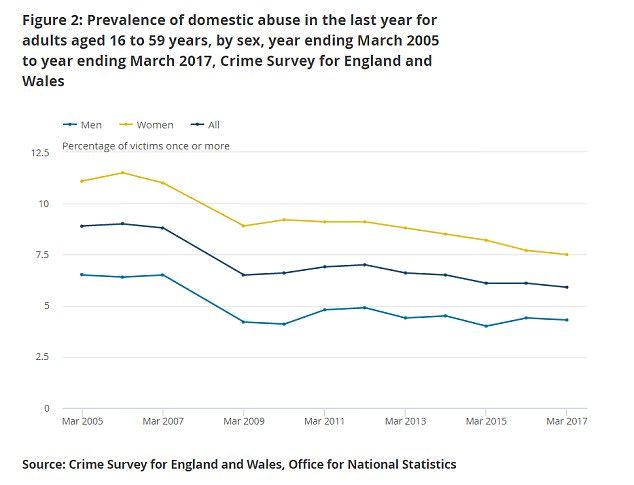
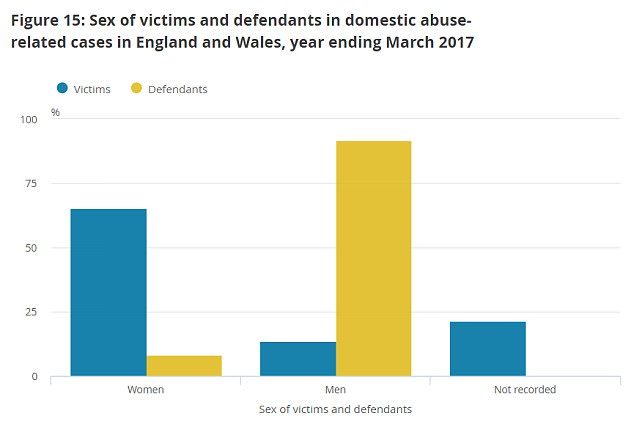
She said: 'Domestic abuse by its very nature, hidden behind closed doors, is hard to capture in statistics alone.
'Survivors often do not involve official bodies as it takes great courage to report abuse to the police; some women will never speak out because they don't know if they will be believed, are not given the space to make the call or fear the repercussions if they do report the perpetrator to the police.'
Reports can encompass emotional and financial abuse as well as sexual abuse and violence.
Durham, Cleveland, Gwent, South Wales and London were among the police areas which reported the most domestic abuse incidents and crimes per 1,000 people last year.
The fewest combined incidents and crimes were recorded in Cheshire, Dyfed-Powys, Surrey, North Yorkshire and Thames Valley.
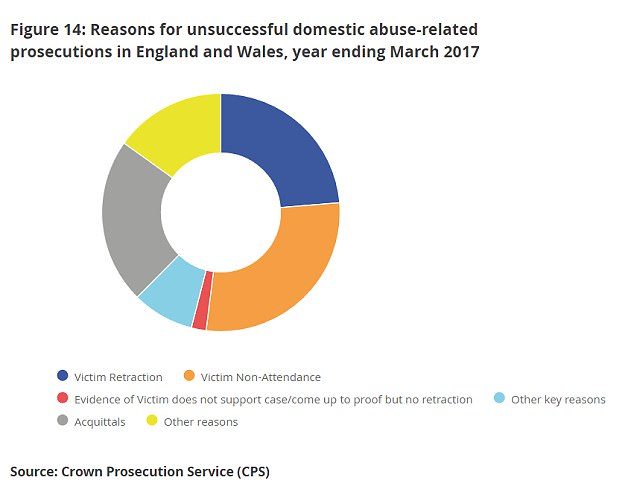
'More people are coming forward to report this complex and often hidden crime type and as a result we have seen higher levels of prosecutions and arrests overall.
'However, we know that many victims still do not report domestic abuse to us so we are working to give people confidence that police will always act to safeguard victims as a priority, such as through issuing protection orders or working directly with victims' charities.
'No one should live in fear of domestic abuse and every victim should be safer for having contacted the police.'
Domestic violence killers: The statistics
Men suspected of killing wives: 114
Men suspected of killing their female exs: 42
Boyfriends suspected of killing girlfriends: 35
Men suspected of killing male partners: 32
Men suspected of killing love-rival or lover's spouse: 23
Women suspected of killing male partner or ex: 40
Women suspected of killing female partner or ex: 1
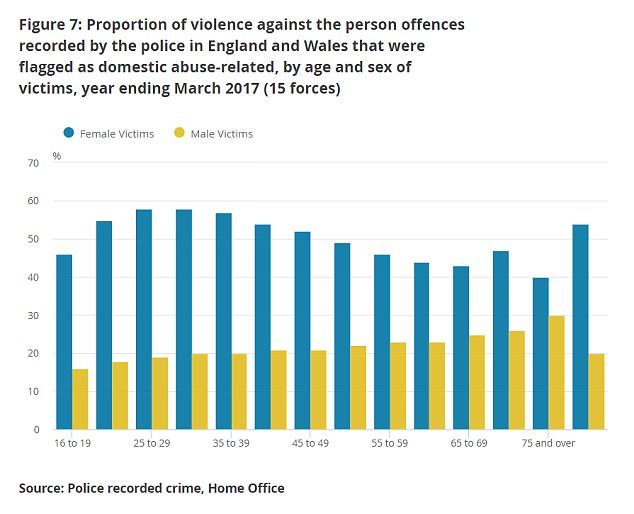
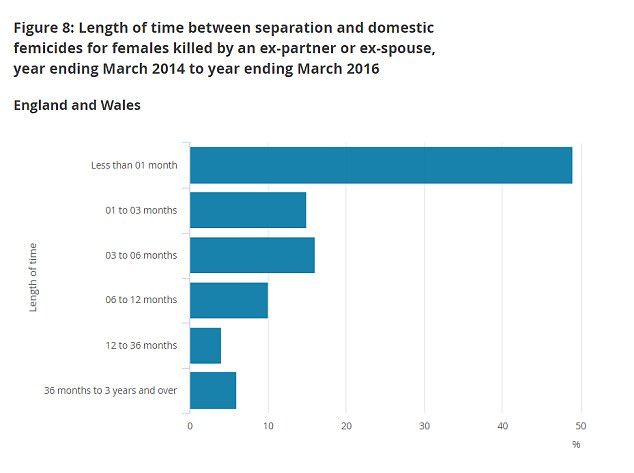



Do we really want to reach an all-points-levelling-out-of-things whereby a woman can be prosecuted for nagging?